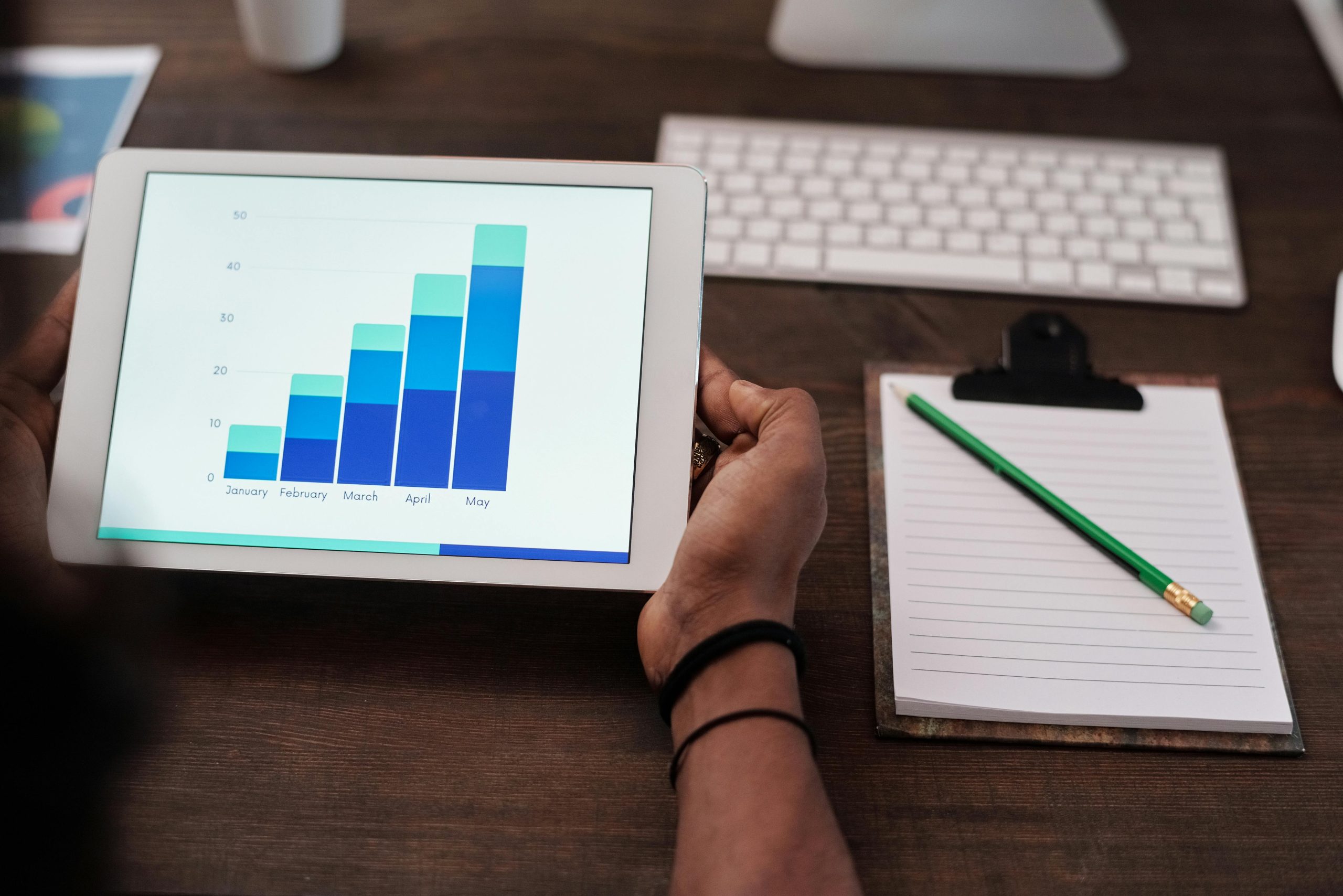
In the modern enterprise, data is everywhere, stored in silos across CRMs, ERPs, cloud drives, emails, internal tools, and customer platforms. While businesses collect more data than ever before, turning that data into cohesive, actionable insight remains a massive challenge.
Enter AI-powered knowledge graphs, a breakthrough technology that is reshaping the way enterprises unify, interpret, and leverage their data for smarter decisions and innovation.
What Is an AI-Powered Knowledge Graph?
At its core, a knowledge graph is a structured model of real-world entities, such as people, products, or processes, and the relationships between them. Think of it as a dynamic map connecting everything your organisation knows.
When powered by artificial intelligence, knowledge graphs don’t just store relationships, they understand and evolve based on new data, context, and interactions. AI models can infer missing connections, prioritise relevance, and even predict new relationships automatically.
In short, an AI-powered knowledge graph transforms raw, isolated data into a living network of knowledge.
Why Enterprises Need Knowledge Graphs Now
Today’s digital landscape demands speed, agility, and deep insight. Traditional databases and reports often fall short because they:
- Lack the flexibility to connect new and existing data
- Require complex queries to retrieve useful information
- Struggle with contextual relationships between different data types
By contrast, AI-driven knowledge graphs offer:
- Unified Data View: A single source of truth across disparate platforms
- Real-Time Context: Immediate insights into how data points relate to each other
- Natural Language Access: AI chatbots or search tools that query the graph in plain English
- Continuous Learning: Automatic updates and relationship enrichment as new data flows in
Key Benefits of AI-Powered Knowledge Graphs for Enterprises

1. Smarter Decision-Making
Knowledge graphs provide leaders with a complete picture, unifying customer histories, market trends, operational data, and supply chain insights into a single, intuitive interface. Strategic decisions become faster and better informed.
2. Accelerated Innovation
With a clearer understanding of relationships between R&D, customer needs, and market opportunities, teams can innovate rapidly. Knowledge graphs empower collaboration across departments traditionally isolated by data silos.
3. Improved Customer Experiences
By mapping the full customer journey across touchpoints, AI can personalise interactions in real time, recommending products, predicting needs, and proactively resolving issues.
4. Operational Efficiency
Duplicated efforts, redundant systems, and data entry errors are minimised. Teams save time by accessing unified knowledge rather than chasing fragmented reports.
5. Future-Proofing Data Strategy
Knowledge graphs scale naturally with growth. As new tools, data sources, and markets emerge, enterprises can integrate and map them without having to start over.
Real-World Applications of Knowledge Graphs
- Healthcare: Mapping relationships between patients, treatments, outcomes, and research data to enable precision medicine.
- Financial Services: Unifying customer profiles, fraud detection signals, and regulatory compliance data into a connected risk model.
- Retail: Connecting product data, inventory, customer behaviour, and social media sentiment for personalised marketing and inventory management.
Building an AI-Powered Knowledge Graph: Best Practices
- Start with a clear use case: Focus on a business-critical area where connecting data could deliver immediate value.
- Prioritise data quality: AI can infer relationships, but it needs accurate, consistent data to start.
- Design for flexibility: Choose graph models that can evolve with your business, rather than locking you into rigid schemas.
- Leverage NLP and ML models: Use AI to enrich, automate, and extend your graph over time.
- Ensure governance and compliance: Map data lineage, manage permissions, and respect data privacy regulations.
The Future: Intelligent, Self-Updating Knowledge Networks
As AI capabilities mature, future knowledge graphs will become self-adapting ecosystems, not just mapping data, but understanding intentions, suggesting optimisations, and driving autonomous actions across the enterprise.
Imagine a world where your enterprise systems collaborate, learn, and optimise themselves without human intervention. That future starts with the intelligent unification of your data today.
Conclusion
In the AI-driven economy, context will separate thriving enterprises from struggling ones. AI-powered knowledge graphs offer a transformative way to unlock the full potential of your enterprise data, turning fragmented information into smarter insights, better decisions, and sustained competitive advantage.

Leave a Reply